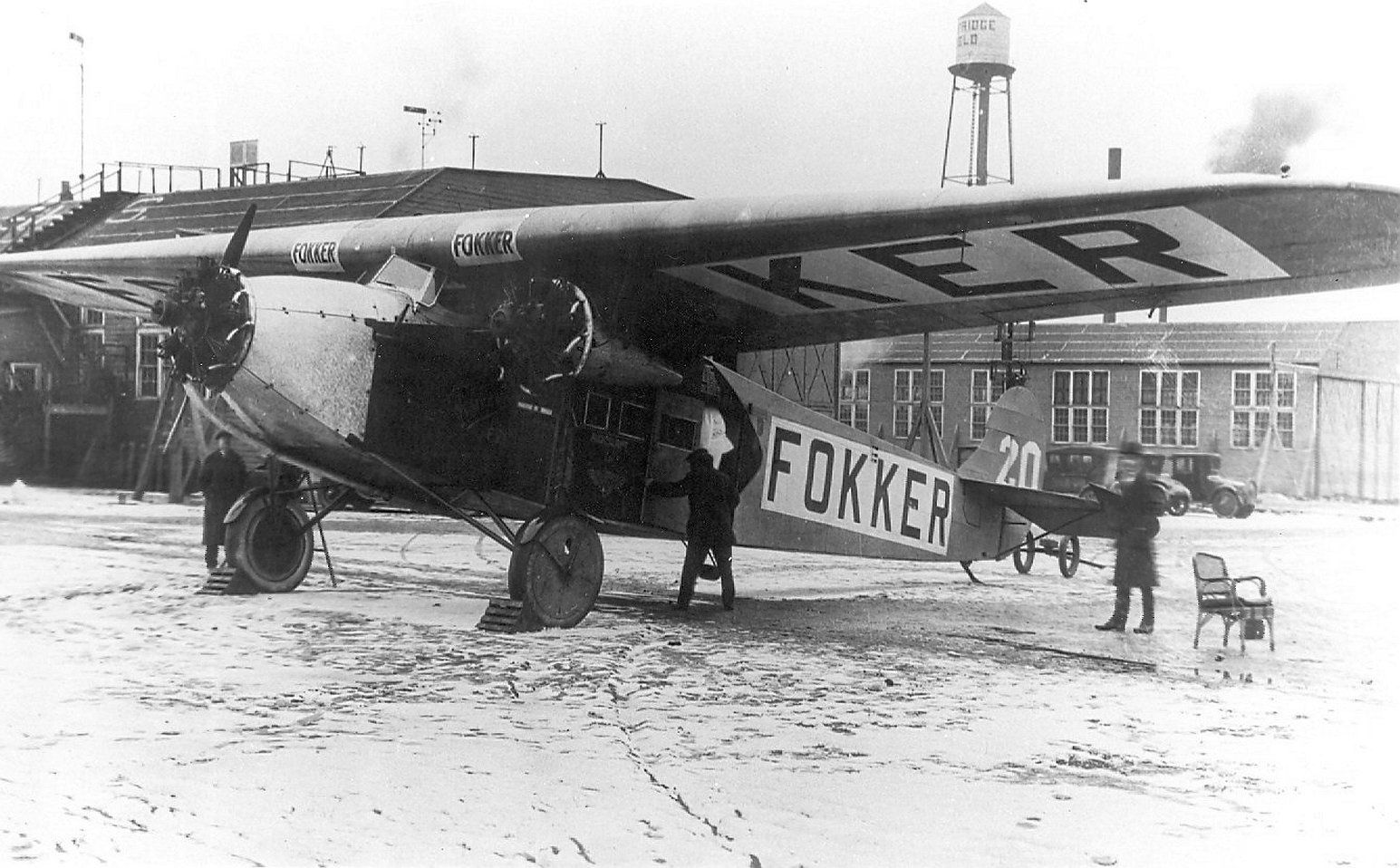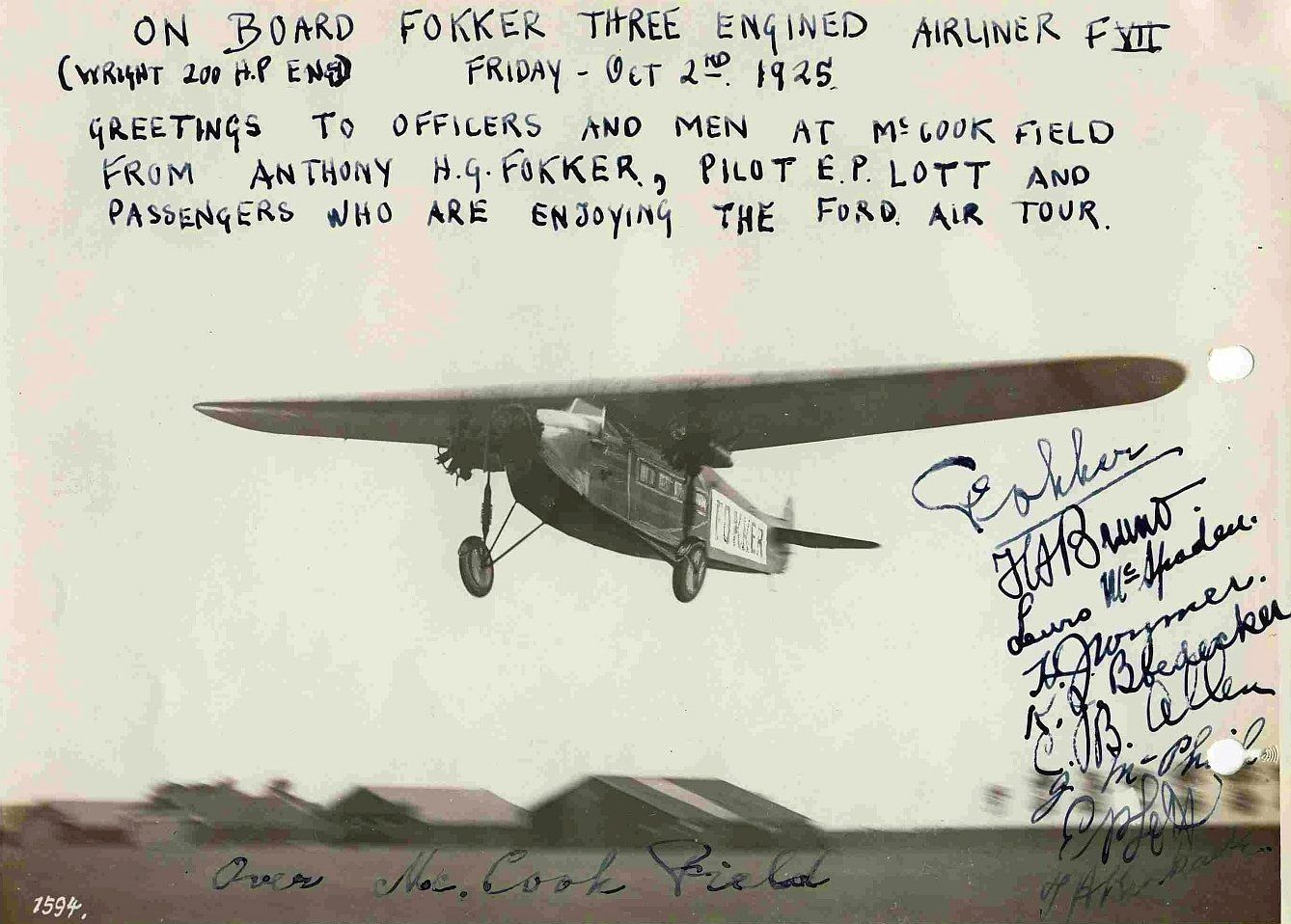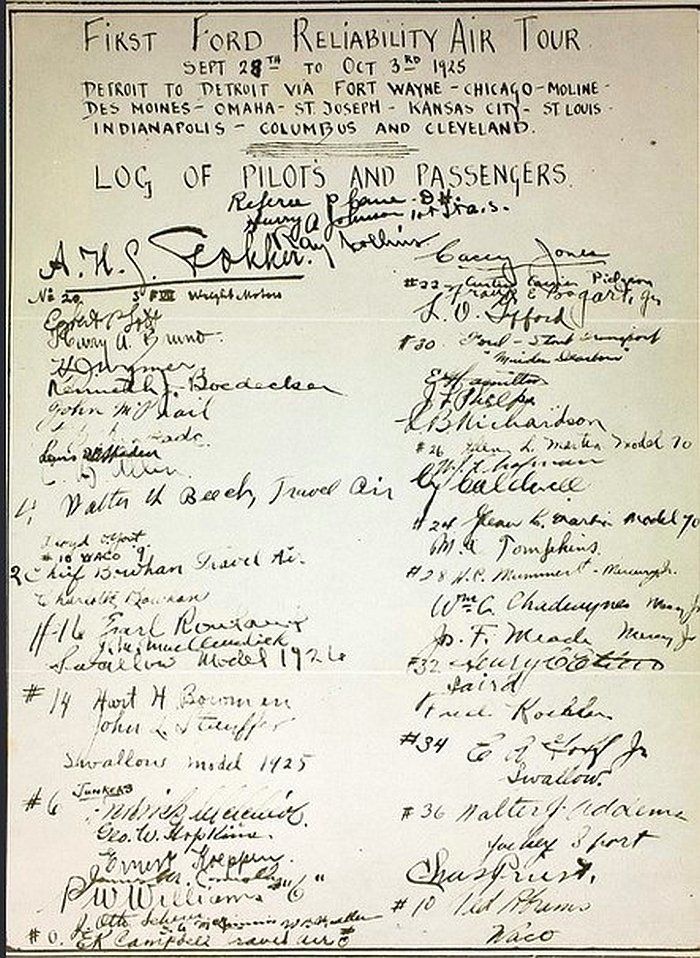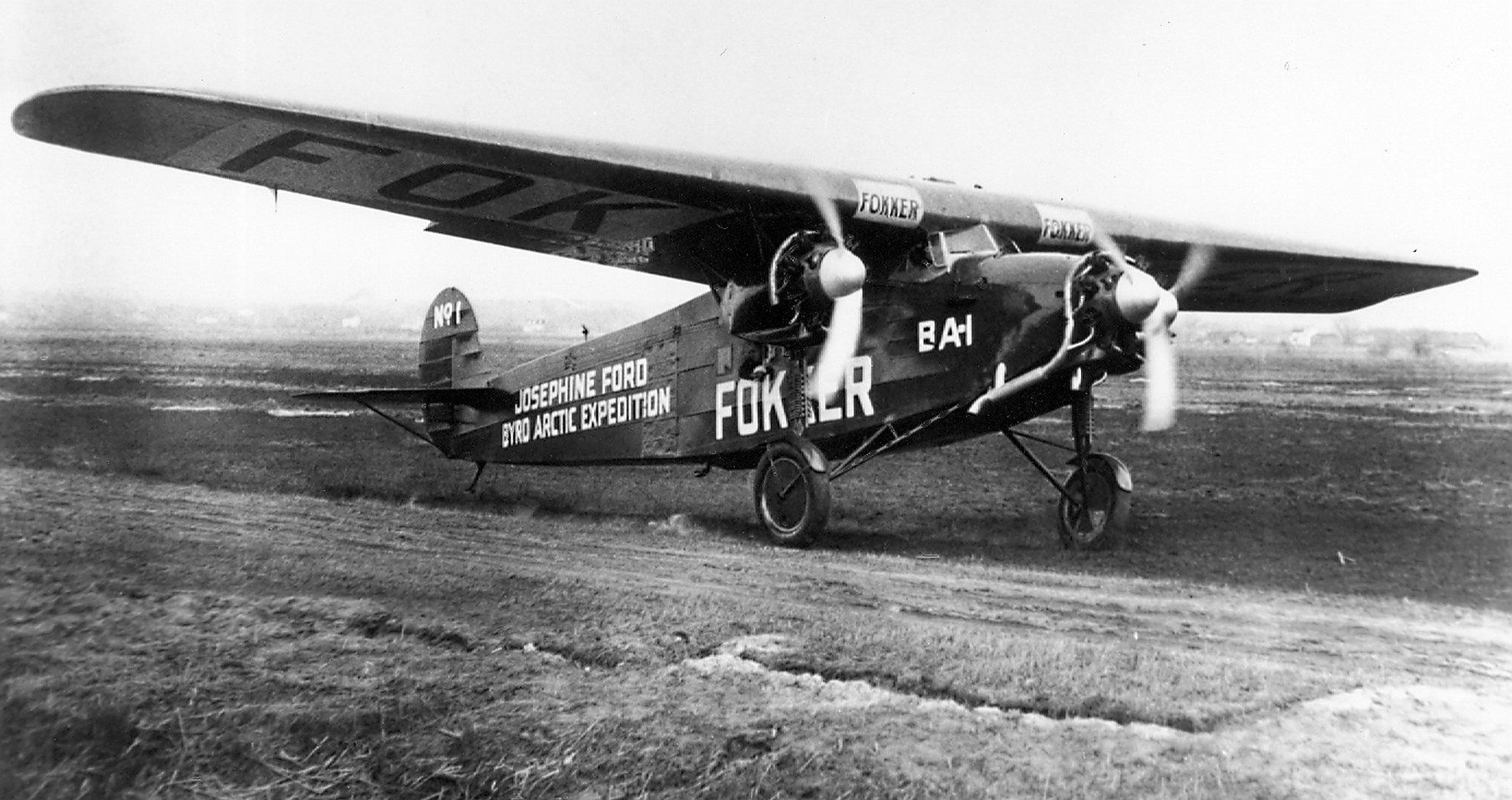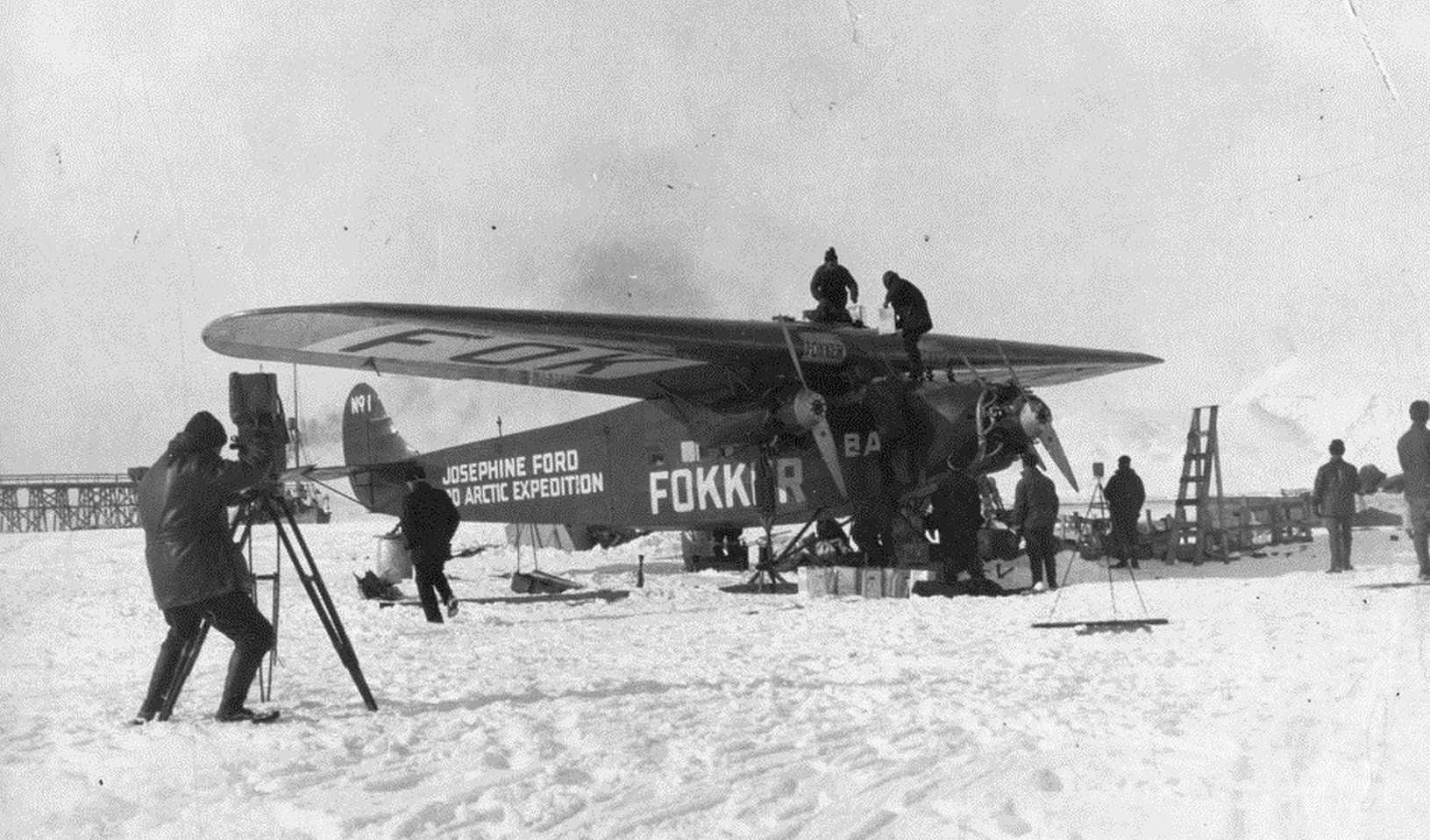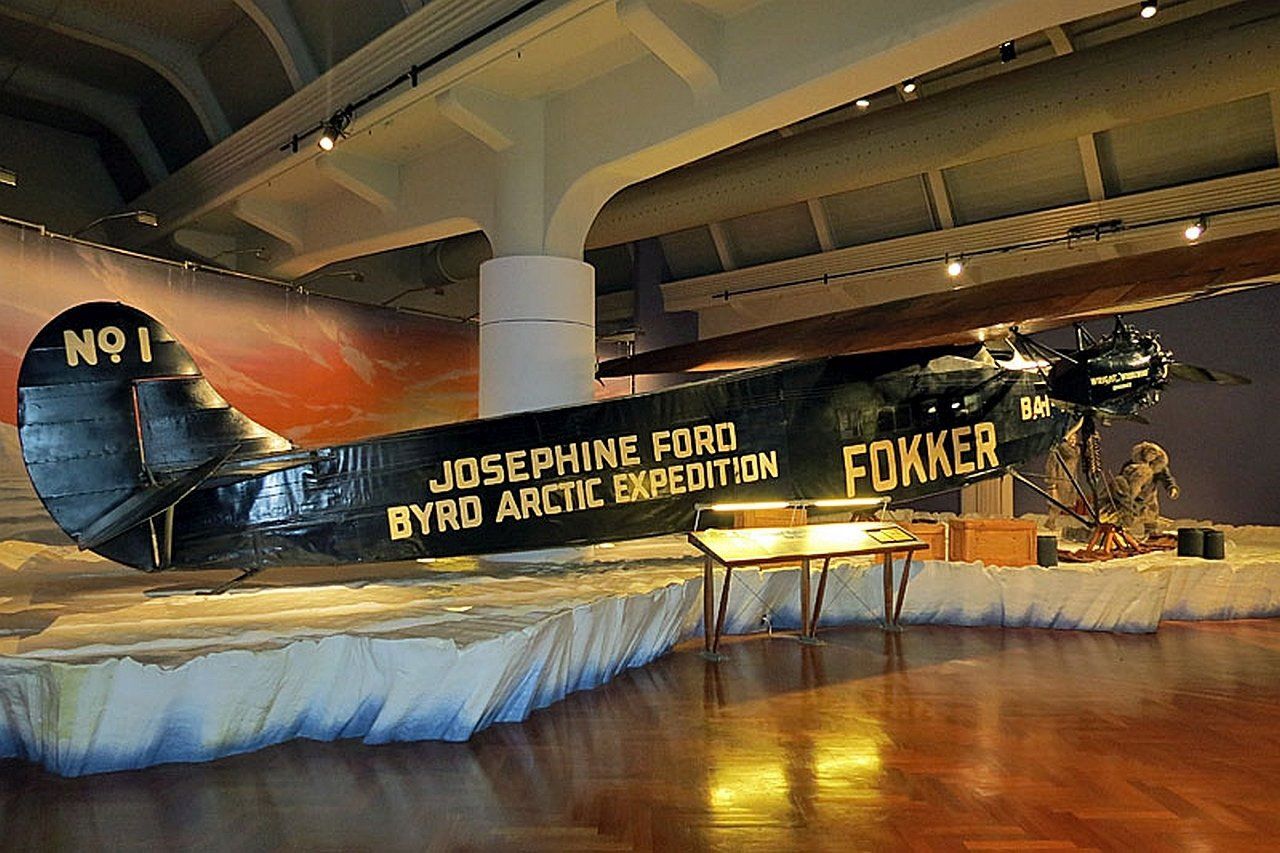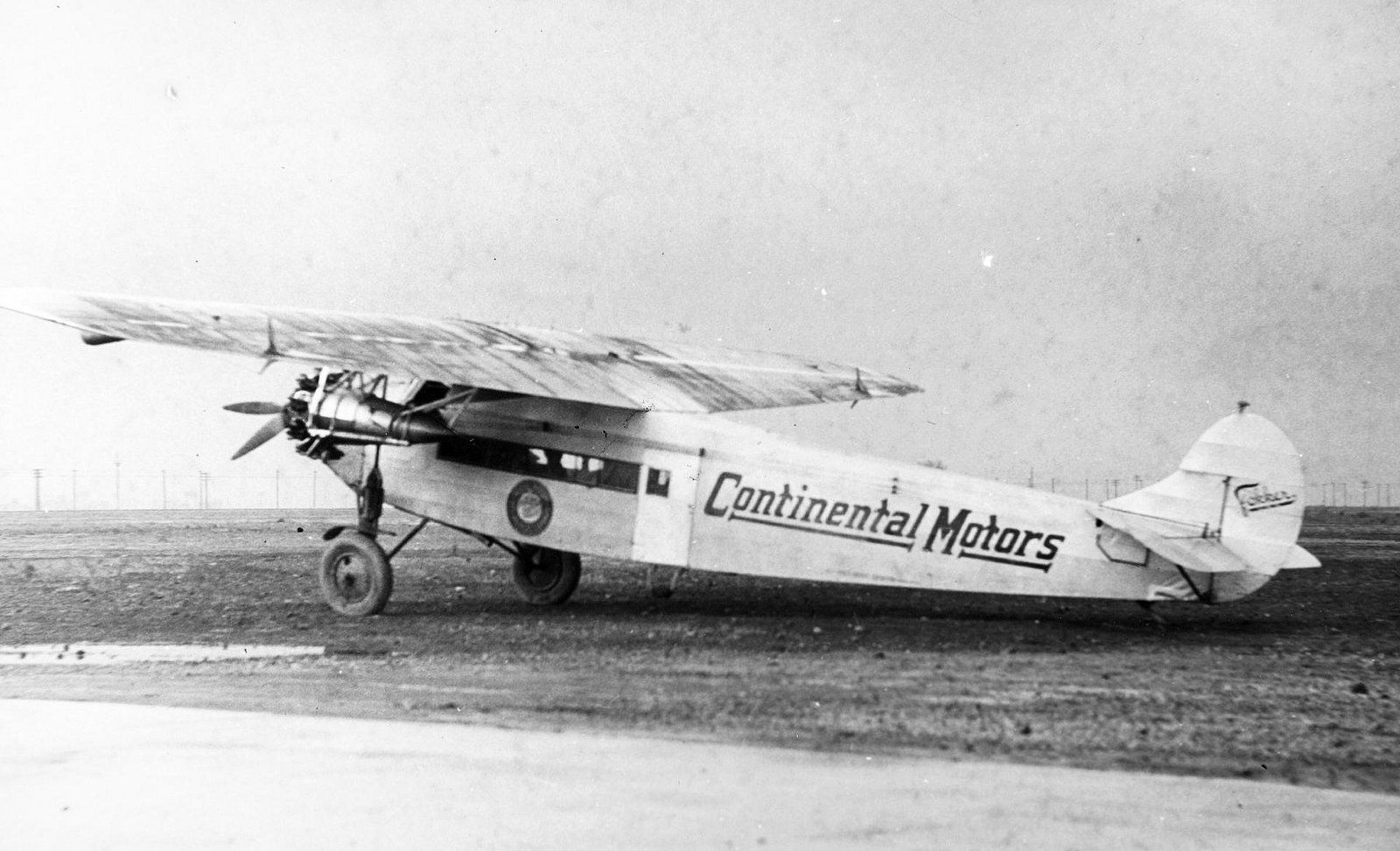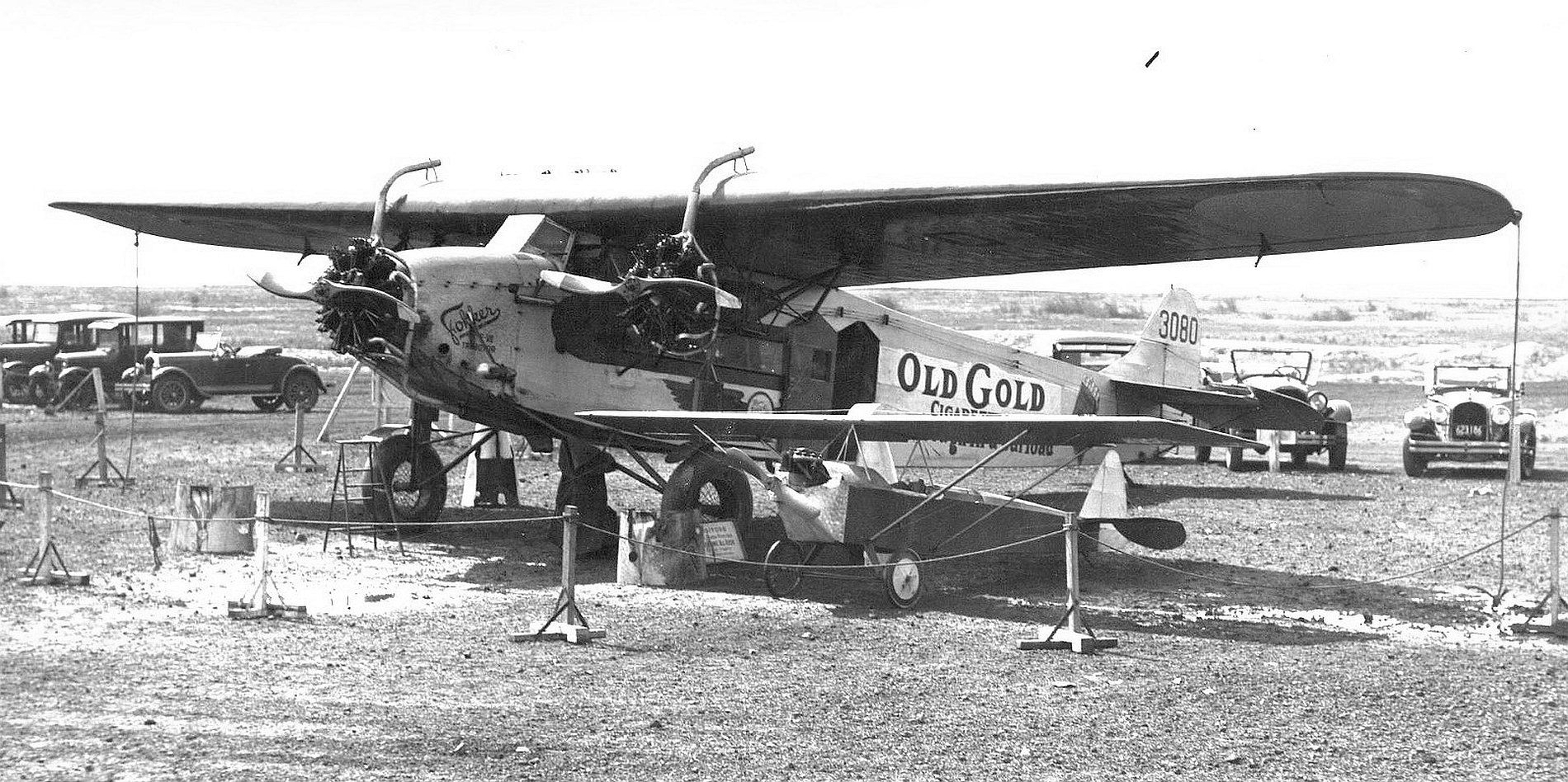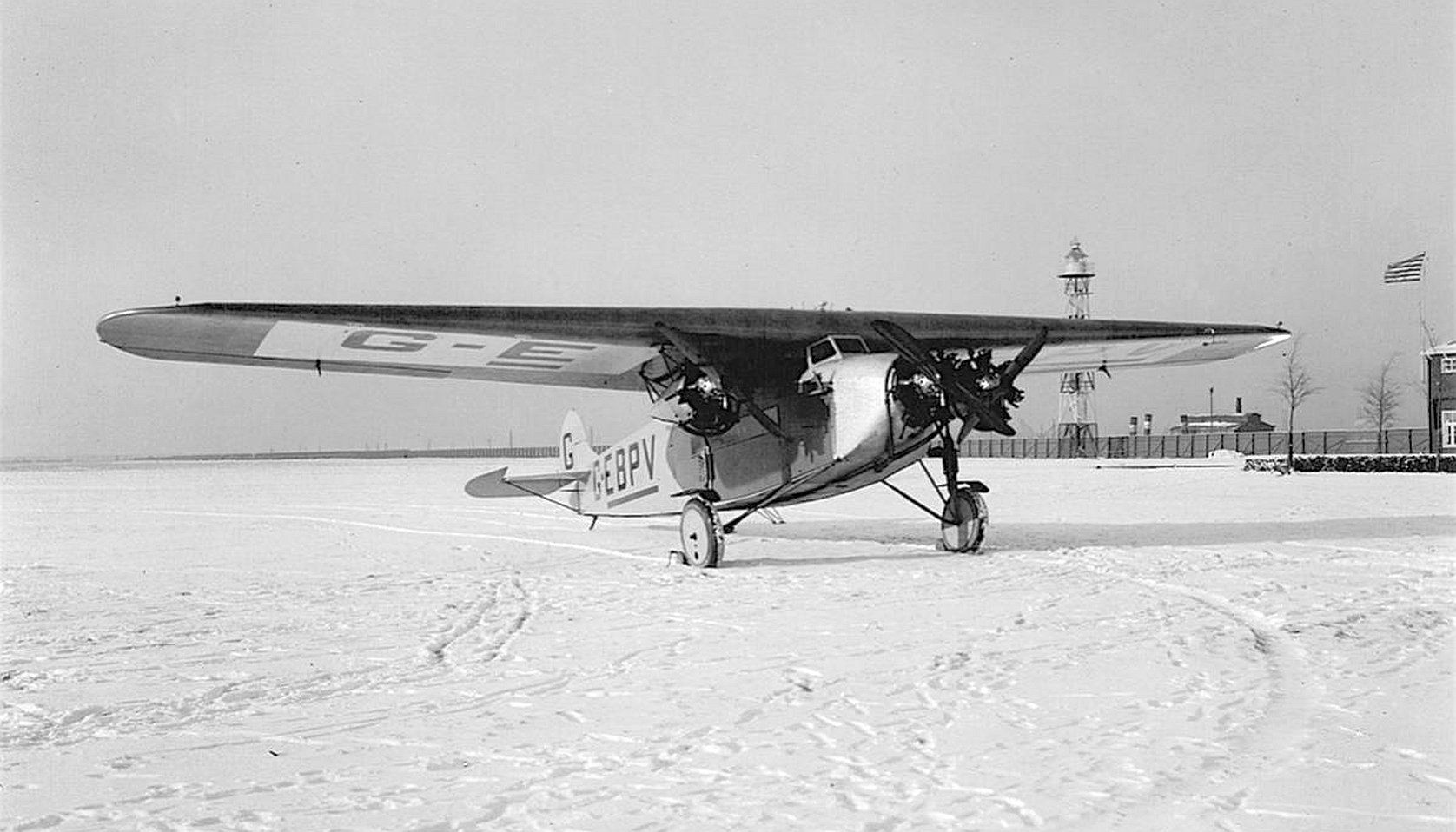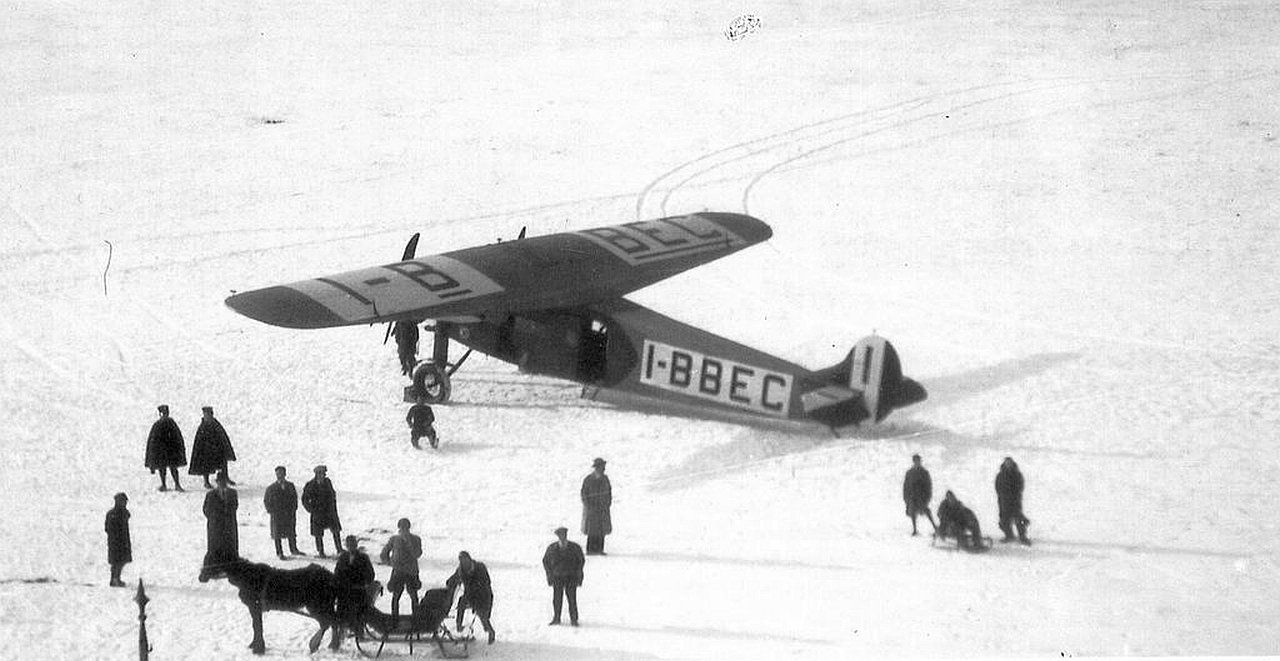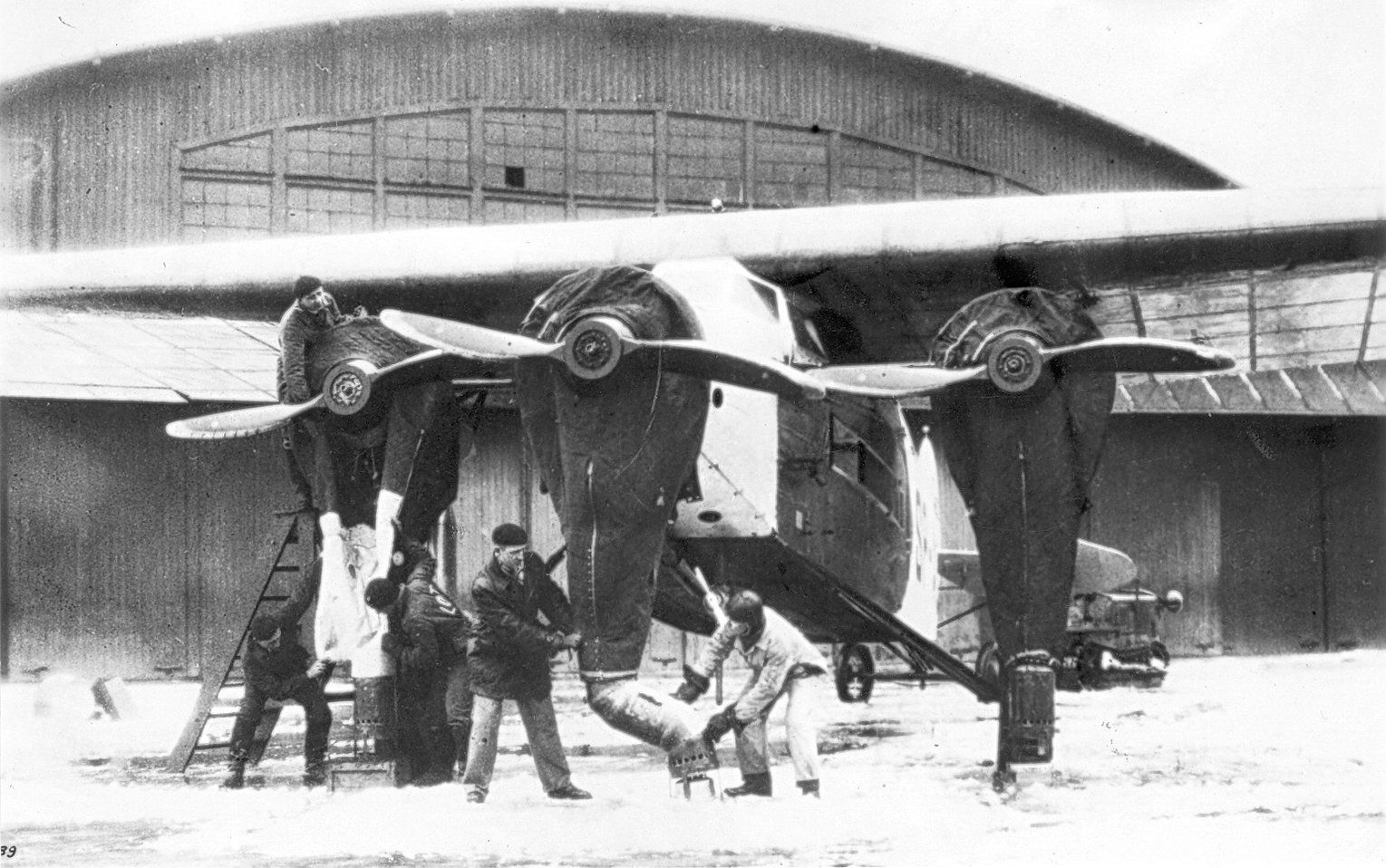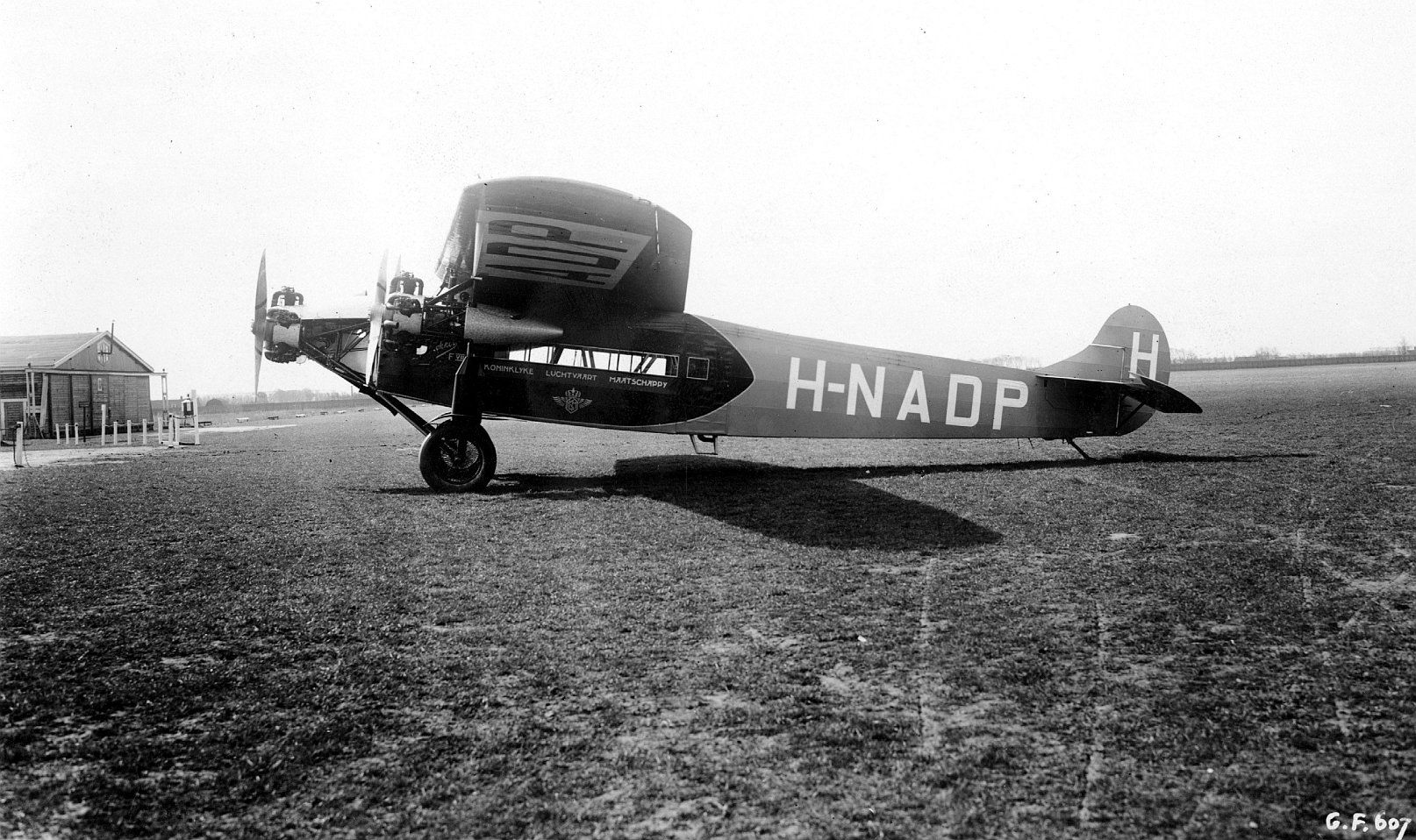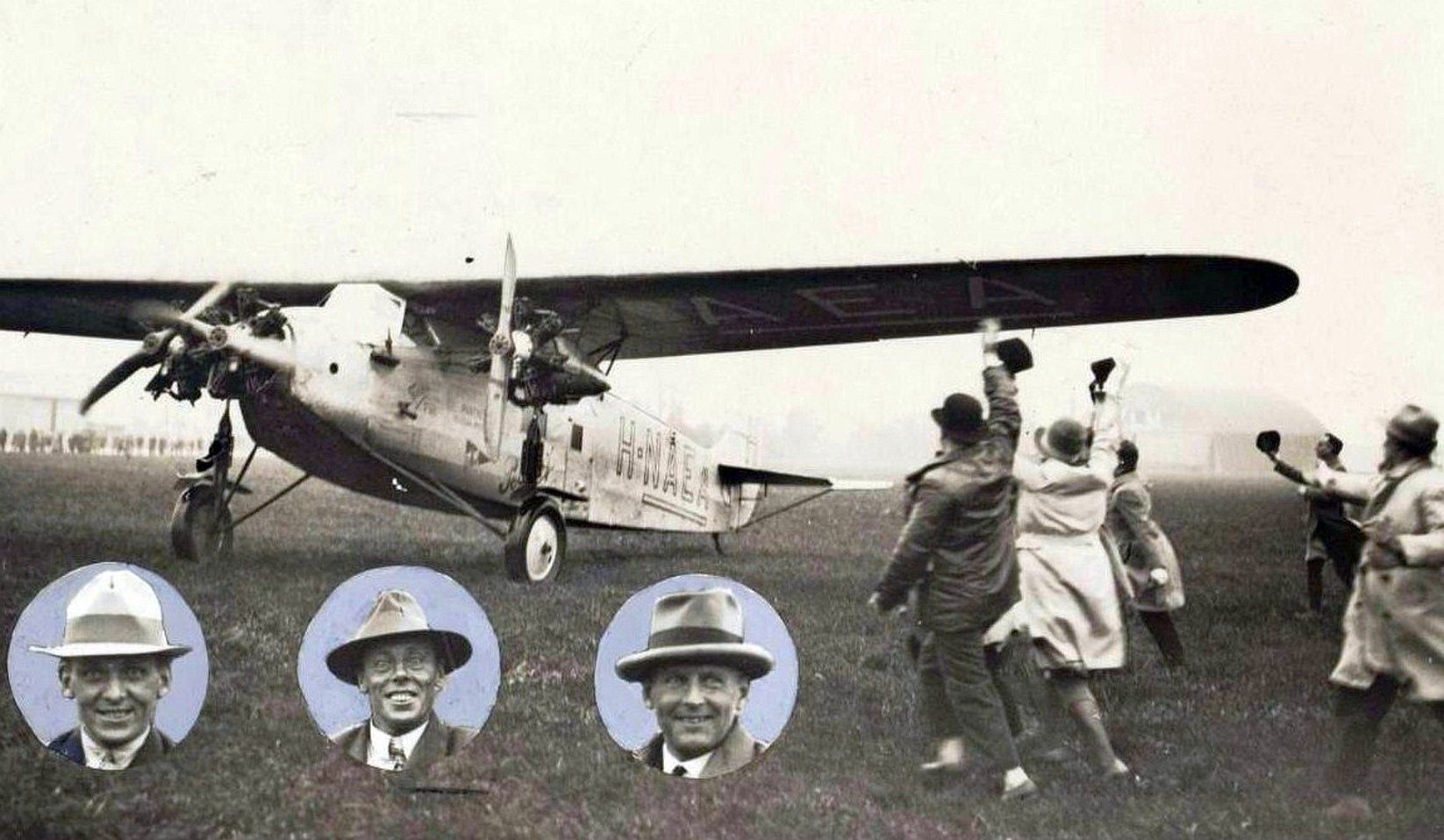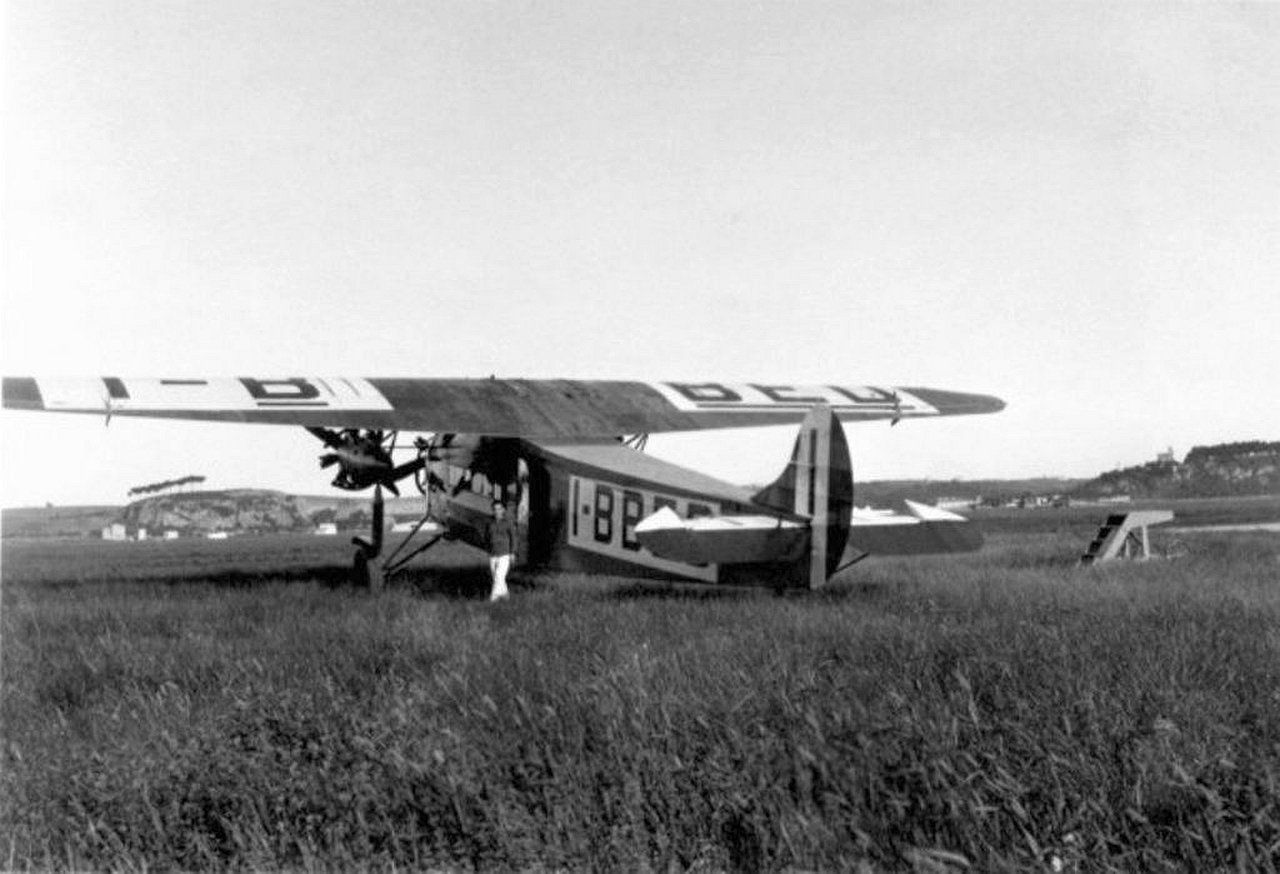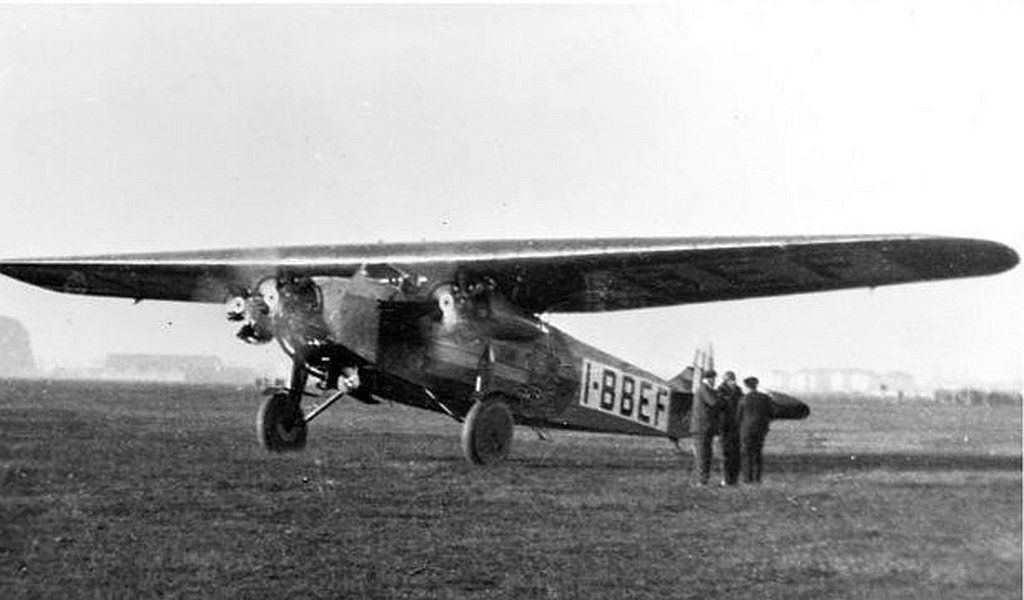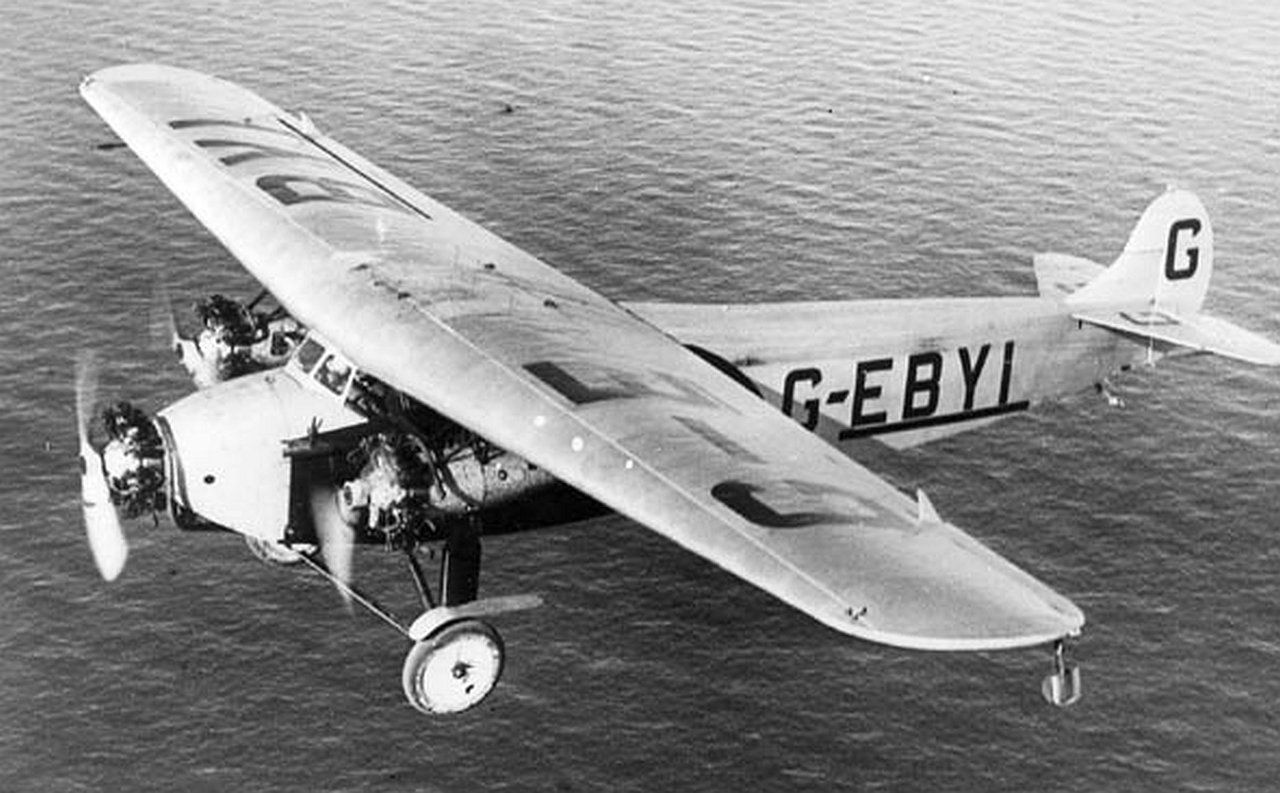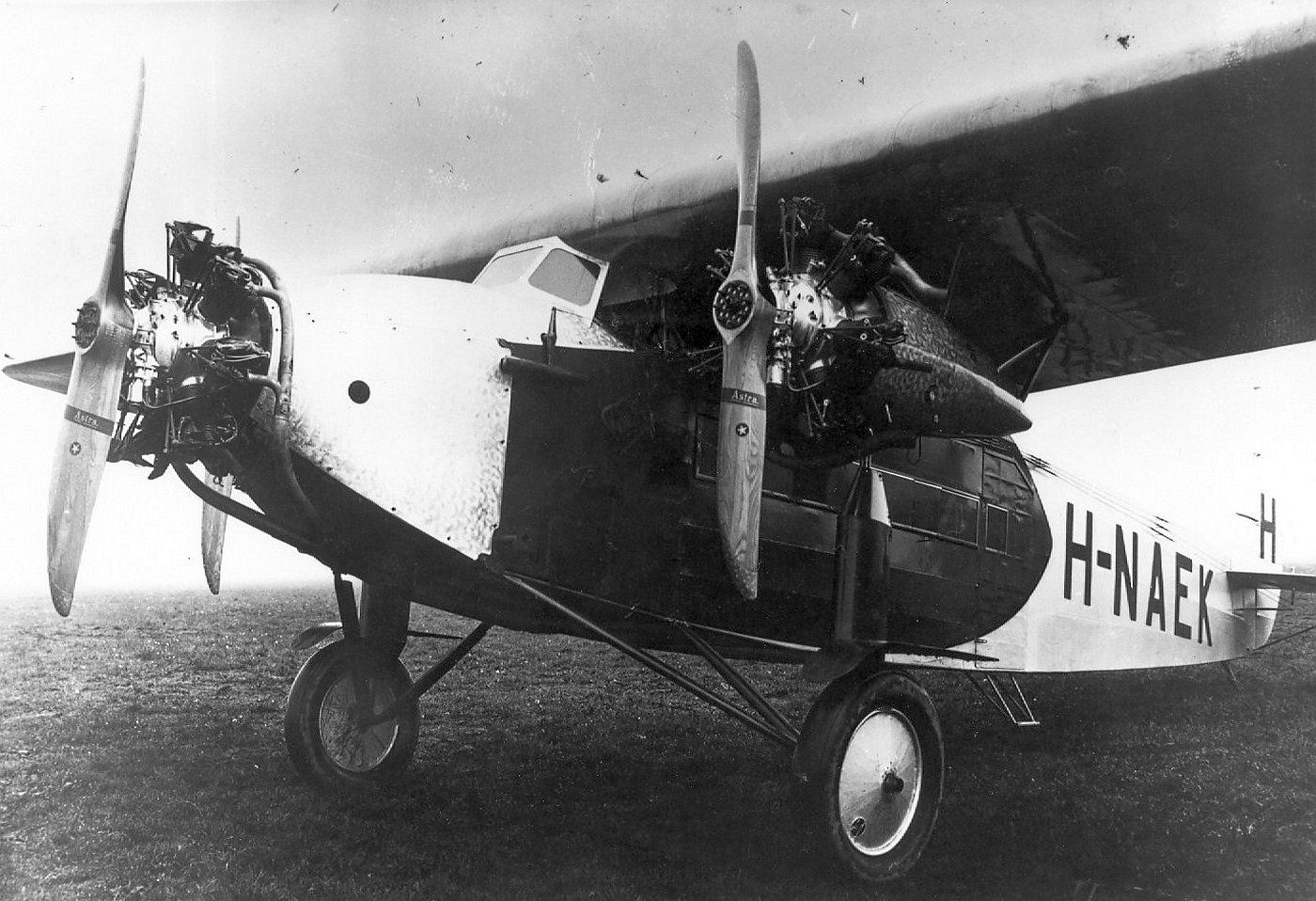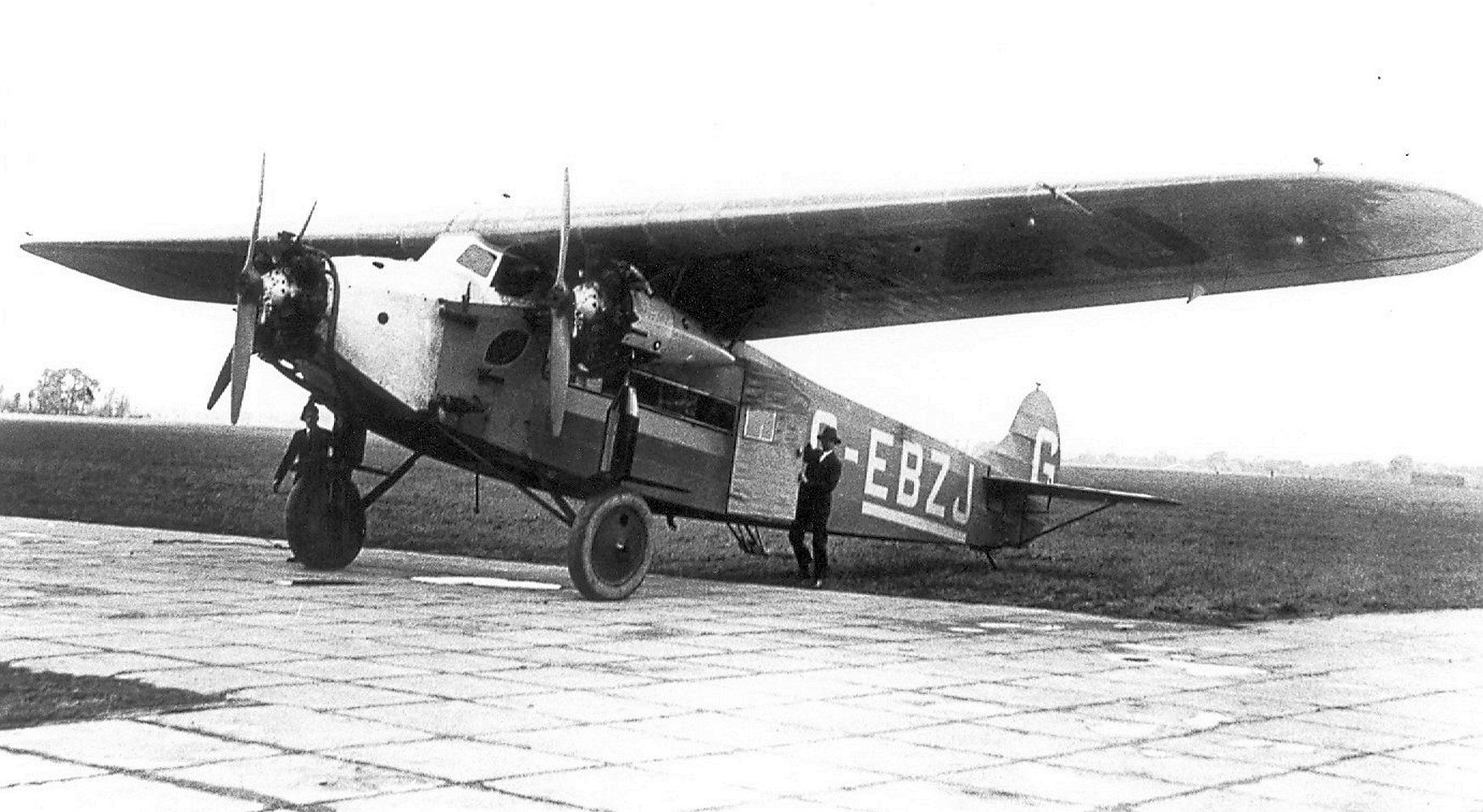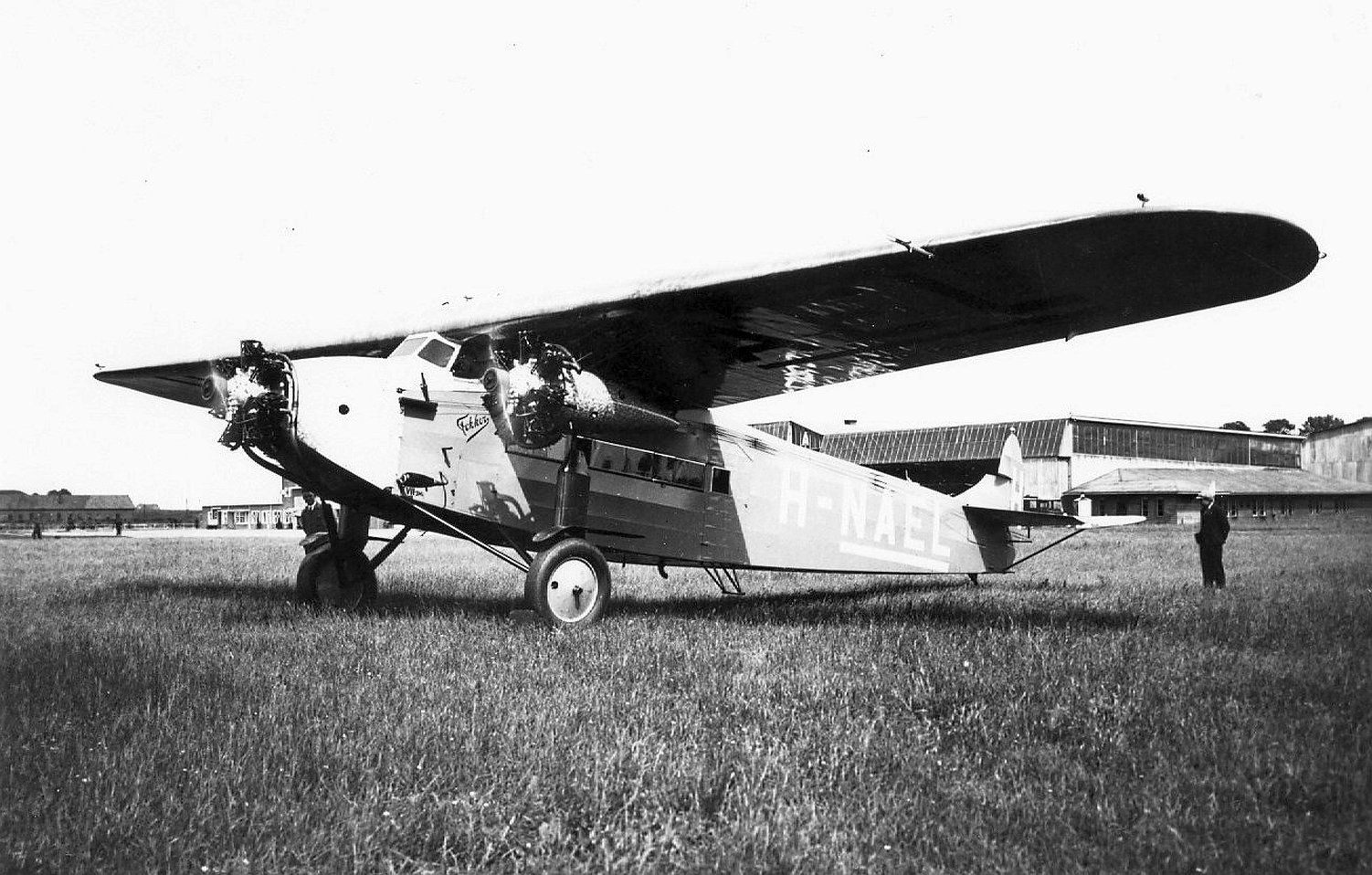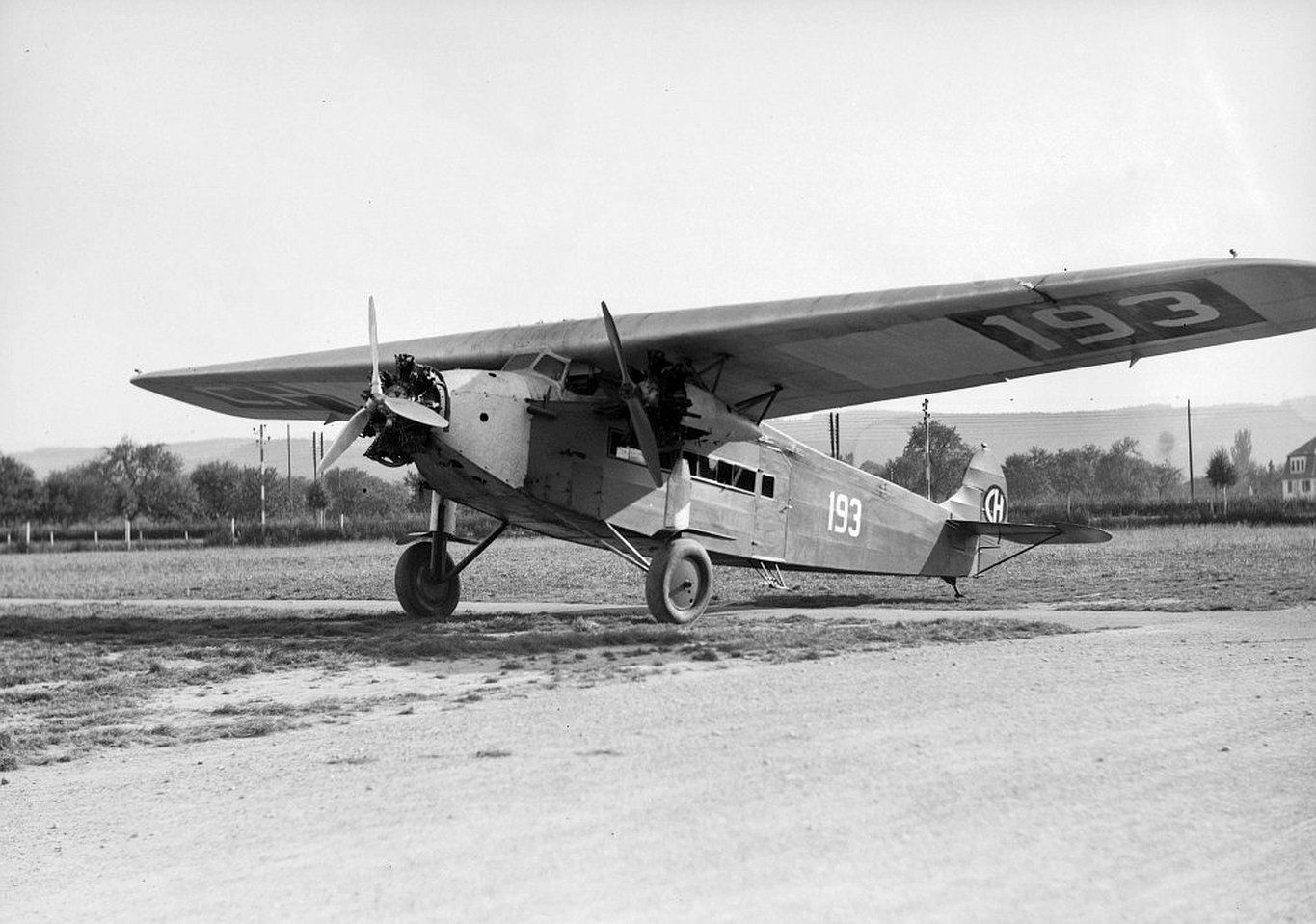Fokker F.VIIA-3m
In July 1925, car manufacturer Henry Ford organized a reliability tour.
A competition for commercial aircraft with an emphasis on reliability (see article in the milestones section).
Aircraft reliability could be increased by designing aircraft with more than one engine.
Anthony Fokker and designer Reinhold Platz responded to this by modifying the single-engine F.VIIA.
The maiden flight of a three-engine F.VIIA-3m took place on September 4th, 1925
at Schiphol.
During the test flights, the aircraft flew almost as well with two or even one engine. So, in the event of an engine failure due to a malfunction, the aircraft could continue to fly and was therefore more reliable.
On September 7th, 1925, the aircraft was shipped to America in time to participate in the reliability tour.
After the reliability tour, which Fokker did not win, the aircraft went to
Richard Byrd.
Richard Byrd made a trip across the North Pole with this F.VIIA-3m on June 9th, 1926.
This aircraft can still be admired in the Henry Ford museum in Dearborn, Michigan, USA. From the third F.VIIA-3m built, the fuselage was extended by 80 cm.
The F.VIIA-3m was mainly equipped with three 200 hp Wright Whirlwind J-4
star engines.
Another engine used for the F.VIIA-3m was the 200 hp Armstrong-Siddeley Lynx.
A number of existing F.VIIAs in use by the airline operators were converted to F.VIIA-3m, this also was the case for a number of KLM aircraft.
The F.VIIA-3m has served airline operators in Europe and the USA.
Click on the photo to enlarge the photo

